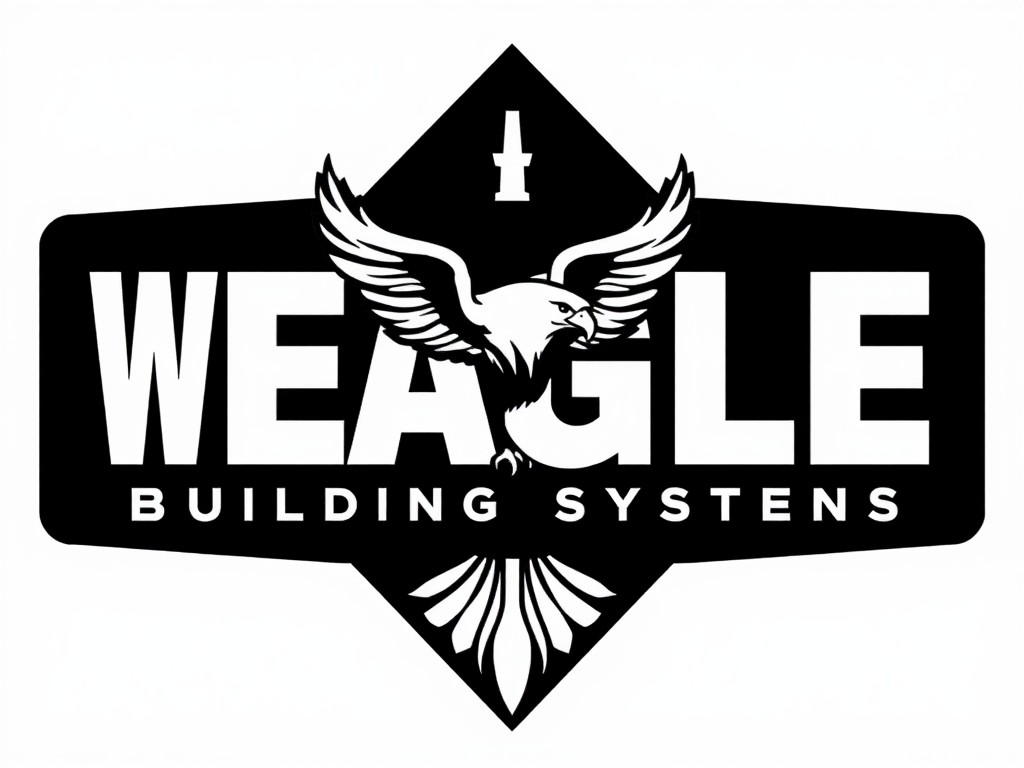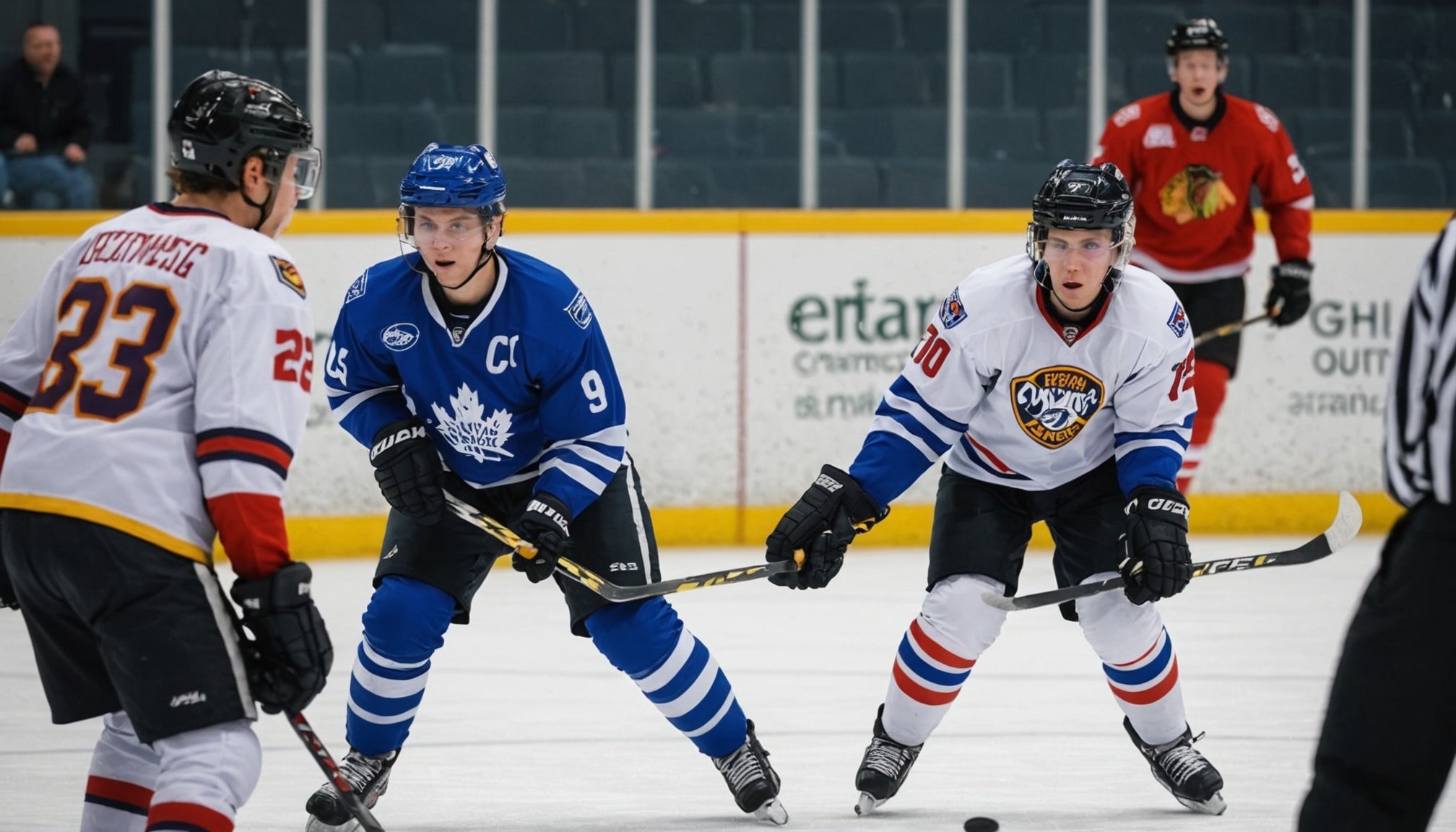Mastering Dynamic Warm-Up Techniques for Youth Ice Hockey Teams: A Complete Guide
When it comes to preparing youth ice hockey players for the demands of the game, a well-structured dynamic warm-up is crucial. This article will delve into the importance, components, and practical implementation of dynamic warm-ups, ensuring your young hockey players are ready to hit the ice with optimal performance and minimal risk of injury.
Understanding the Importance of Dynamic Warm-Ups
Dynamic warm-ups are more than just a pre-game ritual; they are a critical component of any athletic training program, especially in high-intensity sports like ice hockey. Here’s why they matter:
Topic to read : A guide to enjoying kendal soccer park: play, explore, connect
- Injury Prevention: Proper warm-ups increase blood flow and temperature in the muscles, tendons, and ligaments, reducing the risk of strains and other injuries.
- Performance Enhancement: A dynamic warm-up prepares the body for high-intensity movements, improving speed, agility, and overall performance on the ice.
- Mental Preparation: It helps players transition from a resting state to a competitive mindset, making them more focused and ready for the game.
Components of a Dynamic Warm-Up for Ice Hockey
A comprehensive dynamic warm-up for ice hockey should include several key components:
Skating and Movement Patterns
- Skating Drills: Start with basic skating drills such as forward and backward skating, crossovers, and tight turns. These drills help players warm up their legs and improve their agility on the ice.
- Agility Ladder Drills: Incorporate agility ladder drills to enhance foot speed and quickness. Examples include lateral shuffles, carioca drills, and high knees.
- Cone Drills: Use cones to set up weaving patterns or zig-zag courses that mimic the movement patterns seen in a hockey game.
Strength and Power Activation
- Leg Swings: Have players perform leg swings to activate their hip flexors and glutes.
- Lunges and Squats: Incorporate dynamic lunges and squats to warm up the legs and engage the core.
- Plyometric Exercises: Include light plyometric exercises such as jump squats or box jumps to activate the power muscles.
Flexibility and Mobility
- Dynamic Stretches: Incorporate dynamic stretches like leg swings, arm circles, and hip rotations to improve flexibility and range of motion.
- Mobility Exercises: Use exercises like leg swings with resistance bands or light weight to enhance mobility.
Sample Dynamic Warm-Up Routine
Here is a detailed example of what a dynamic warm-up routine for youth ice hockey players might look like:
This might interest you : Boosting Combat Sports Performance: A Guide to Neurocognitive Training for Sharper Reflexes
Warm-Up Phase (10-15 minutes)
- Skating Drills:
- Forward and backward skating laps around the rink
- Crossover drills
- Tight turns and figure-eights
- Agility Ladder Drills:
- Lateral shuffles through the ladder
- Carioca drills (alternating feet in and out of the ladder)
- High knees through the ladder
- Cone Drills:
- Weaving through cones set up in a zig-zag pattern
- Dribbling a puck through cones (for puck handling practice)
Strength and Power Activation Phase (5-10 minutes)
- Leg Swings:
- Front and back leg swings
- Side leg swings
- Lunges and Squats:
- Dynamic lunges (alternating legs)
- Squat jumps (light plyometric squats)
- Plyometric Exercises:
- Jump squats
- Box jumps (using low boxes or benches)
Flexibility and Mobility Phase (5-10 minutes)
- Dynamic Stretches:
- Leg swings with resistance bands
- Arm circles and shoulder rotations
- Hip rotations and leg swings
- Mobility Exercises:
- Leg swings with light weights
- Hip mobility exercises using resistance bands
Practical Tips for Coaches and Players
Coach’s Role
- Customization: Tailor the warm-up to the team’s specific needs and the upcoming game’s demands. For example, if the game will involve a lot of quick transitions, focus more on agility drills.
- Supervision: Ensure players are performing drills correctly to avoid injuries and maximize benefits.
- Feedback: Provide constructive feedback on technique and encourage players to stay focused and engaged throughout the warm-up.
Player’s Role
- Active Participation: Players should actively participate in all drills, ensuring they are fully engaged and warmed up.
- Hydration: Make sure to stay hydrated throughout the warm-up and game.
- Mental Focus: Use the warm-up as an opportunity to mentally prepare for the game, visualizing success and staying positive.
Nutrition and Recovery Considerations
Pre-Game Nutrition
- Balanced Diet: Ensure players eat a balanced meal 1-2 hours before the game, focusing on lean proteins, complex carbohydrates, and healthy fats.
- Hydration: Encourage players to stay hydrated by drinking water or sports drinks throughout the day.
Post-Game Recovery
- Cool Down: After the game, include a cool-down phase with static stretches to help reduce muscle soreness.
- Nutrition: Provide a post-game snack or meal that includes a mix of carbohydrates and proteins to aid in recovery.
- Rest: Ensure players get adequate rest and sleep to recover from the physical demands of the game.
Table: Comparing Different Warm-Up Approaches
| Warm-Up Approach | Components | Benefits | Drawbacks |
|---|---|---|---|
| Static Stretching | Holding stretches for 15-30 seconds | Improves flexibility | Can reduce power and speed if done before a game |
| Dynamic Warm-Up | Movement-based drills like leg swings, lunges, and agility ladder drills | Improves performance, reduces injury risk | Requires more time and planning |
| Light Cardio | Jogging, cycling, or light skating | Increases blood flow and heart rate | May not specifically prepare for hockey movements |
Quotes from Experts
- “A dynamic warm-up is not just about getting the heart rate up; it’s about preparing the muscles and the mind for the specific demands of the game,” says a coach from Hockey Canada.
- “Proper warm-ups are essential for injury prevention and performance enhancement. It’s a critical part of any training program,” notes a sports performance specialist from Total Performance Strength & Conditioning.
Mastering dynamic warm-up techniques is a key component of preparing youth ice hockey players for success on the ice. By understanding the importance, components, and practical implementation of these warm-ups, coaches and players can ensure they are ready to perform at their best while minimizing the risk of injury. Remember, a well-structured dynamic warm-up is not just a routine; it’s a critical step in the journey to becoming a top-performing hockey player.











